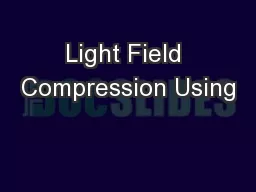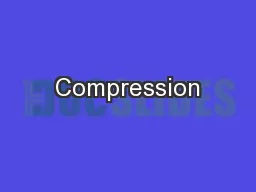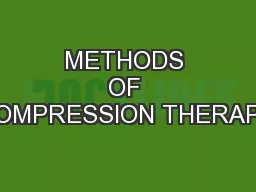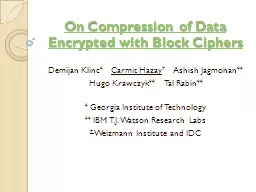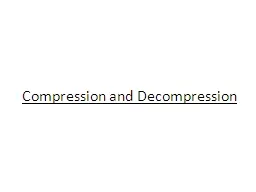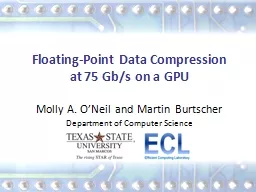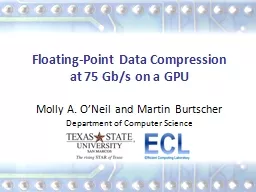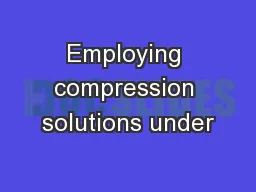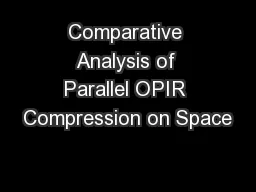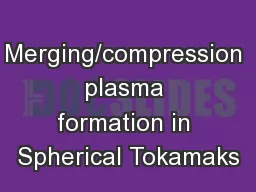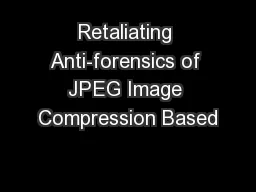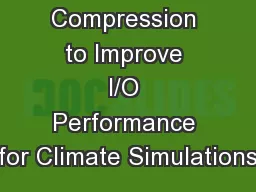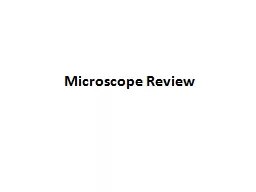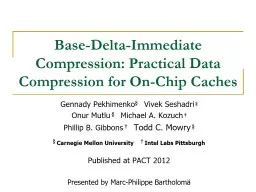PPT-Light Field Compression Using
Author : liane-varnes | Published Date : 2017-07-04
2D Warping and Block Matching Shinjini Kundu Anand Kamat Tarcar EE398A Final Project 1 EE398A Compression of Light Fields using 2D Warping and Block Matching
Presentation Embed Code
Download Presentation
Download Presentation The PPT/PDF document "Light Field Compression Using" is the property of its rightful owner. Permission is granted to download and print the materials on this website for personal, non-commercial use only, and to display it on your personal computer provided you do not modify the materials and that you retain all copyright notices contained in the materials. By downloading content from our website, you accept the terms of this agreement.
Light Field Compression Using: Transcript
Download Rules Of Document
"Light Field Compression Using"The content belongs to its owner. You may download and print it for personal use, without modification, and keep all copyright notices. By downloading, you agree to these terms.
Related Documents

